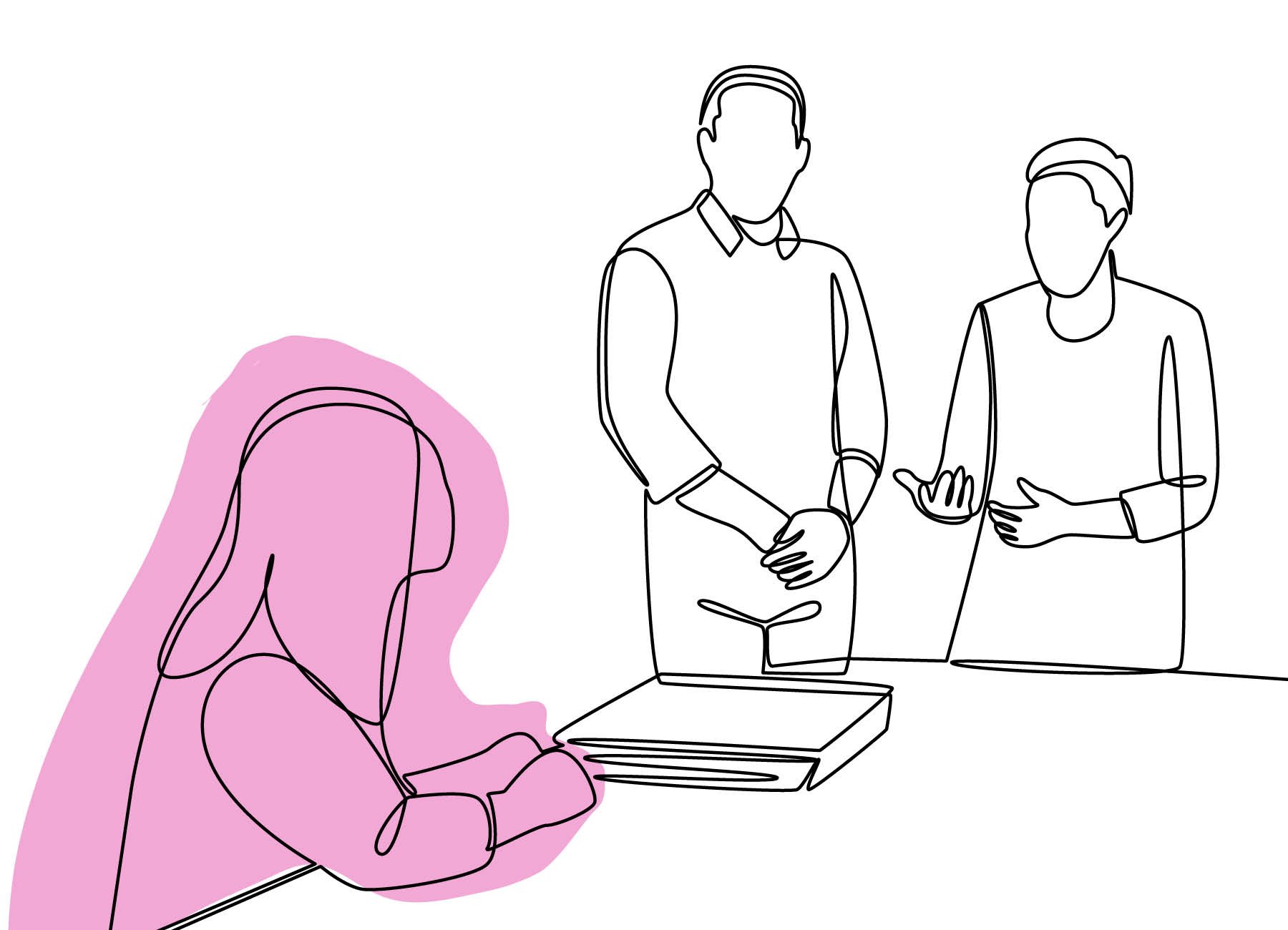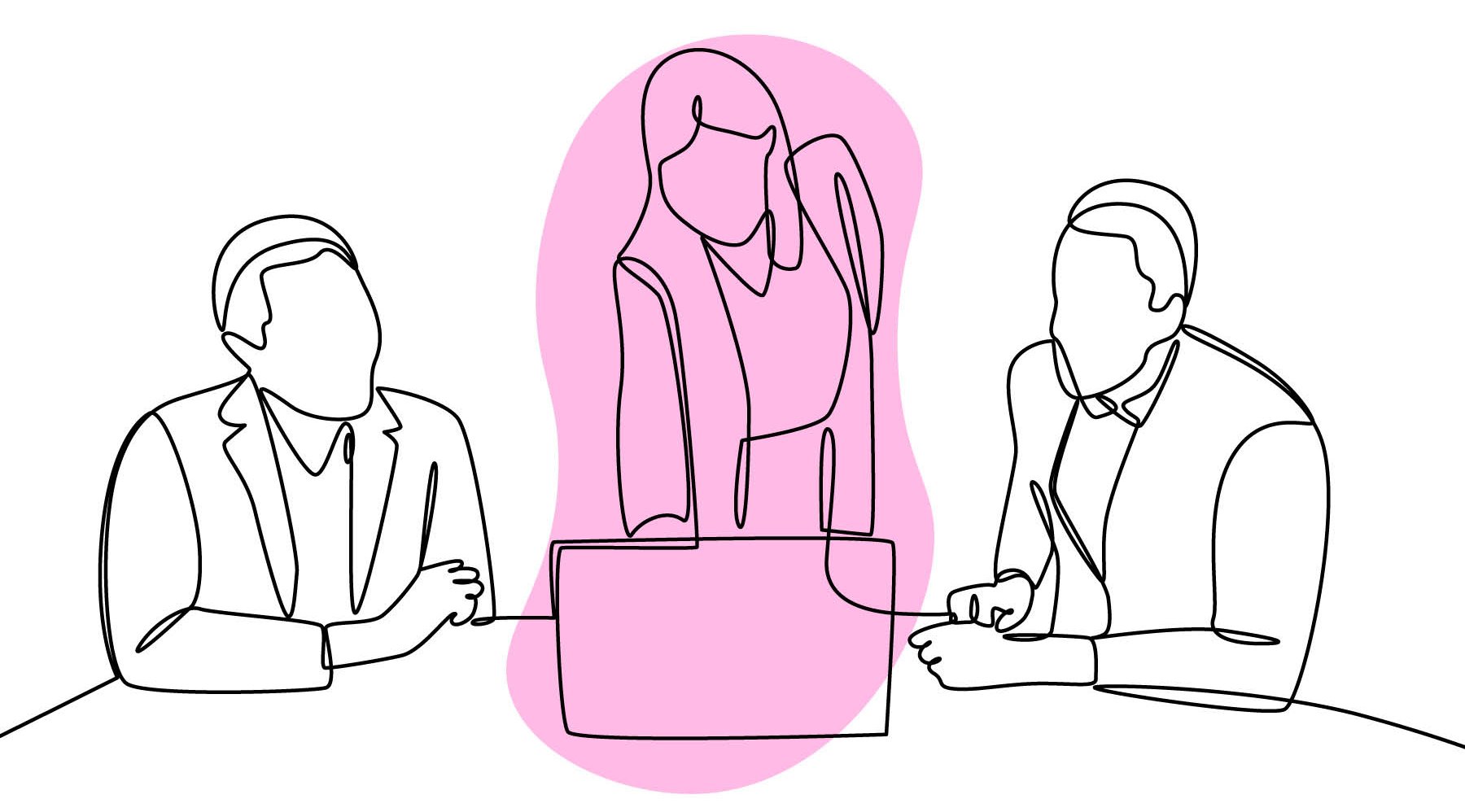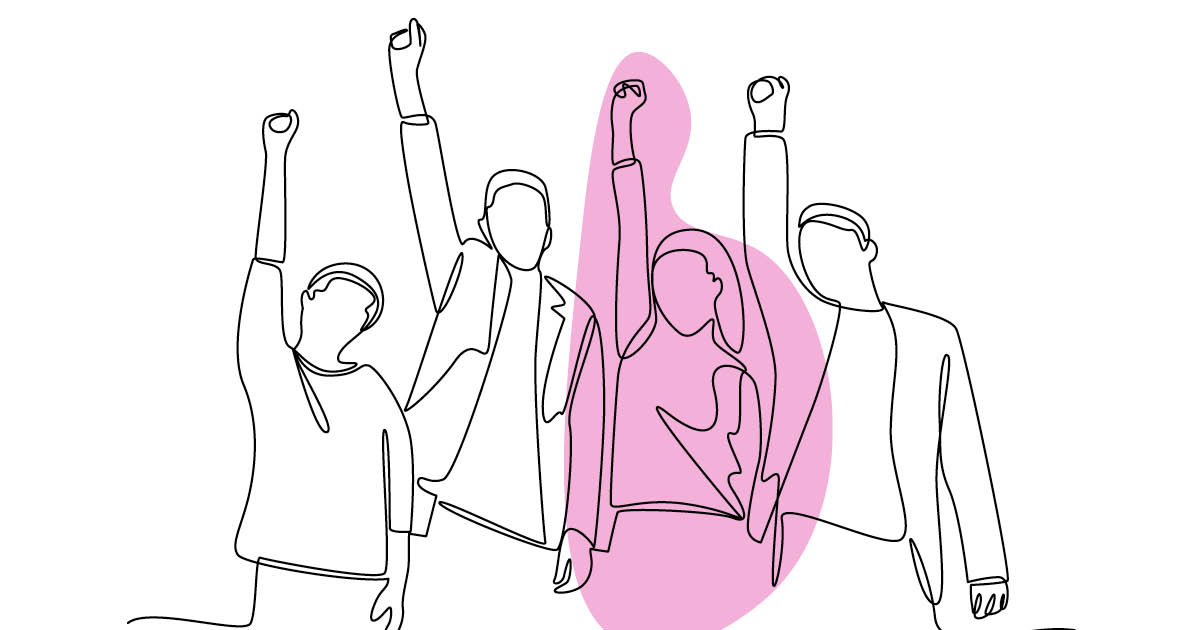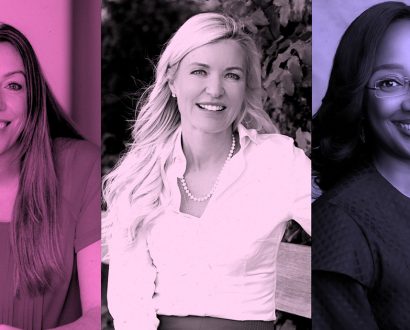A few weeks ago, I was in a room with 40 business owners as part of a top-ranked entrepreneurial program. After the main presenter finished his talk, he opened the room up for discussion. While there were an equal number of men and women in the room, this presenter primarily called on the male participants to solicit questions.
I was sitting front and center (of course) with my hand raised, but it took another instructor stepping in to point out that I’d been waiting to be called on for quite a while for him to take my question. Then, in response to another woman’s question, the presenter said he would “make things simple for her to understand”.
During our customary debrief after the event, I brought this up to my fellow business owners. None of my male counterparts had noticed it, yet most women in the group overwhelmingly had, and they thanked me for seeing and mentioning it.
I feel compelled to talk about this incident because I had experienced something similar the month before. We had split up into groups, and I immediately clocked that seven out of the eight tables had designated a woman to act as the ‘scribe’. Much has been written about the ‘invisible work’ that women are expected to take on, and women’s increased risk of burnout and chronic stress backs up these findings.
It’s not a new concept, but when I mentioned it to my classmates, none of the men had noticed – again. One even questioned the entire concept, which prompted me to email him with resources to learn more. Ironic, isn’t it, that I chose to take on more work to educate him on something so easy to Google?
Later, a male peer asked me if there was something ‘going on with me’, because I had observed – and spoken about – something related to gender twice in the last six classes. He asked if I was “a feminist or something.”
I’ve been thinking about what happened a lot, and I just couldn’t stop asking myself this question: If a feminist believes that all genders should have equal rights and opportunities, why did my friend see this as a negative term? And why did it get under my skin?
Goldilocks syndrome
Recently, I heard Mori Taheripour speak about a concept called ‘Goldilocks Syndrome’, which refers to the catch-22 many professional women find themselves in when trying to navigate our culture’s gendered expectations of behavior.
When women behave in ways that have been deemed ‘feminine’ – warm, pleasant and agreeable – they are often viewed as lacking in leadership skills, like confidence or the ever-elusive ‘executive presence’. Yet when women are ambitious or assertive, they are not ‘likeable’ enough. No matter what, it’s never just right.
Perhaps that’s why feminism can feel like such a dirty word. Whether we’re cognizant of it or not, the concept of equality subverts our traditional ideas of how women ‘should’ behave and what role we play in society. And that makes some people very uncomfortable. In fact, globally, one-third of men agree feminism does more harm than good.

Gender bias is a tough tightrope to walk, especially because there is a gap in how men and women perceive gender bias.
Gender bias is a tough tightrope to walk, especially because there is a gap in how men and women perceive gender bias. This played out in real life in my entrepreneurial course. None of the men noticed what happened, but nearly all the women did. Belief is widespread that gender bias is not really a problem, as indicated in the differences in perception in a 2023 Pew Research Study on the gender pay gap.
Ask yourself: What could you learn if you raised your level of observation of the gendered working norms in your organization? What would just five percent more intentionality and awareness mean for your colleagues?
Acknowledging bias
Everyone has unconscious bias; it’s part of being human. However, that doesn’t mean letting it go unchecked.
Gender bias affects both men and women negatively. Step one is acknowledging and becoming aware of our own preconceived notions (you can check your own biases at Project Implicit). This can be difficult and uncomfortable. After all, it’s much easier to see fault in others than it is in ourselves. Confronting your own biases may take some time and some work.

Everyone has unconscious bias; it’s part of being human. However, that doesn’t mean letting it go unchecked.
There is a ton of information and resources out there, so make time to seek it out and educate yourself. Reflect on your own beliefs and consider how they came to be. Ask yourself the hard questions.
Most of all, if you are made aware of saying or doing something hurtful – or if someone brings up something they witnessed – I encourage you not to dismiss them. Instead, listen and learn. These instances are opportunities for you to become a better leader for everyone on your team.
Ask yourself: What actions am I taking that are contributing to or aiding workplace bias? What actions can I take to show up as the leader I envision myself to be?
Committing to action
Seventy-seven percent of executive-level men think they are active allies or public advocates for women, but only 43 percent of women agree. Men cite a number of reasons why they don’t speak up: they feel it’s not their fight, they’re afraid of backlash, they’re too busy … the list goes on. Perhaps they’re afraid of being labeled feminists.
Yet the truth is that women need male allies in order to achieve gender equality. Studies have found that when men call out sexism, those around them are more likely to speak up in support of the victim and expect leaders to hold those behaving in ways that limit women accountable for their actions. It doesn’t work the same way for women.
A display of allyship, like giving a woman credit for her idea or pushing back against a gendered comment, can go a long way in helping to change the culture of a workplace.

As Maya Angelou said: “Do the best you can until you know better. Then when you know better, do better.”
Ask yourself: Now that I know more about gender bias, what action can I commit to taking today? What will I do the next time I see or experience gender bias in the workplace?
As Maya Angelou said: “Do the best you can until you know better. Then when you know better, do better.”
I’m still working on fully accepting the label of ‘feminist’ and embracing my own discomfort with sharing my personal observations so publicly. But silence isn’t an option. It’s up to all of us to make the world a more equitable place.
The more we keep working together toward equality, the further all of us can go.







